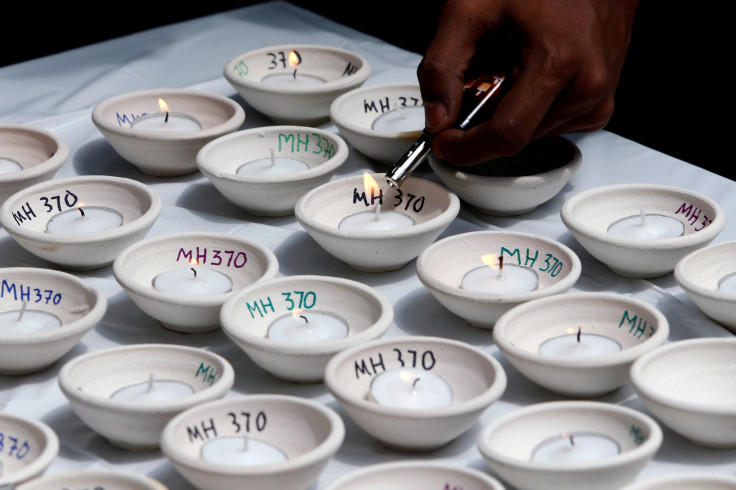MH370 Fuselage Lying 'Intact' Underwater, Aviation Expert Claims, Dismissing Cambodia Jungle Location

Missing Malaysia Airlines Flight MH370's fuselage was lying almost completely intact at the bottom of the southern Indian Ocean, an aviation expert has claimed amid several theories about the plane's wreckage being found in a Cambodia jungle on Google Maps. Author Larry Vance spoke about his theory to Daily Star over the weekend.
Vance, who dedicated a year and a half to researching for his book "MH370: Mystery solved," told the United Kingdom tabloid: "The passengers ended up in the Southern Indian Ocean, and are at the bottom of the sea inside the sunken and intact fuselage."
However, Vance's claimed could not be confirmed.
The Canadian-born investigator also slammed the official investigation and expressed regret about how authorities in Malaysia ignored his theory.
"I honestly believed that once the official investigation team saw the physical evidence that we discovered, and how we interpreted it accurately, they would change their minds about what they thought happened to MH370... Unfortunately, and disappointingly, I was wrong."
"I am not sure why they continue to cling to their incorrect theories and analysis," he went on to say.
Vance also dismissed the theory of Ian Wilson, an amateur investigator who claimed to have found the missing plane in the middle of the Cambodian jungle on Google Maps. He said there was no way the plane could end up in the jungle and remain intact.
The satellite images that Wilson has used to conclude the plane was in the jungle allegedly showed the outline of a large plane. Despite several people denying Wilsom's finding, the video producer was convinced the plane was in the jungle. In October, Wilson also traveled to Cambodia to prove his claim; however, he had to abort his search mission due to the diffulties in the path to the alleged resting place of the plane.

Meanwhile, British aviation expert Daniel Boyer claimed last month he located the missing plane's fuselage, tail and the cockpit in the same area. Boyer reportedly showed Daily Star the images, which featured some white object lying in the Cambodian jungle 60 miles west of Phnom Pen. However, the claim could not be confirmed.
"If MH370 is ever found, it will be found in the Southern Indian Ocean somewhere in the vicinity of where the official search was conducted," Vance saud late last month. “Even if it had not already been proven that MH370 flew for many hours and then crashed into the Southern Indian Ocean, anyone with even rudimentary knowledge of crash dynamics would know that a B777 – in fact, any airplane – cannot crash into a jungle and leave a footprint that looks like what is shown in his image,” he said, dismissing Wilson's claims.
Flight MH370 went missing March 8, 2014, with 239 people on board while on its way from Kuala Lumpur to Beijing. Over the last four years, several efforts have been made to find the wreckage of the plane; however, none have succeeded. A multimillion-dollar search operation in a remote part of the southern Indian Ocean also could not yield concrete clues about the plane's whereabouts.
The biggest lead in the investigation came when a plane flaperon was found by villagers on Réunion Island. Investigators said in the report 27 pieces of wreckage were believed to be from MH370, though only three have been confirmed as parts belonging to the plane.
© Copyright IBTimes 2024. All rights reserved.





















